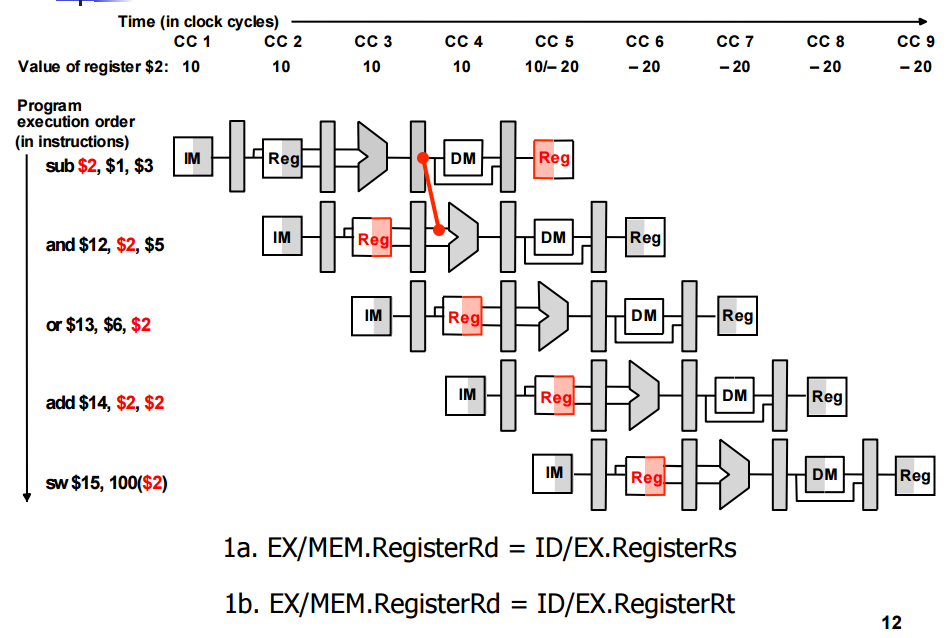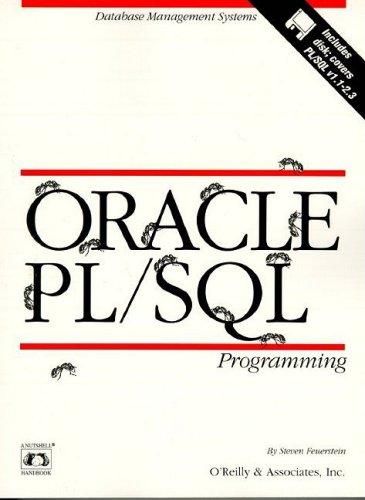Question
The implementation of register forwarding in pipelined CPUs may increase the clock cycle time. Assume the clock cycle time is (i) 250ps if we do
The implementation of register forwarding in pipelined CPUs may increase the clock cycle time. Assume the clock cycle time is (i) 250ps if we do not implement register forwarding at all, (ii) 290ps if we only implement the EX/MEM.register-to-ID/EX.register forwarding (i.e., the case #1 shown on slide 12 in lecture note Session12.pdf), and (iii) 300ps if implement the full register forwarding. Given the following instruction sequence:
or r1,r2,r3
or r2,r1,r4
or r1,r1,r2
a) Assume there is no forwarding in this pipelined processor. Indicate hazards and add nop instructions to eliminate them.
b) Assume there is full forwarding. Indicate hazards and add nop instructions to eliminate them.
c) What is the total execution time of this instruction sequence without forwarding and with full forwarding? What is the speedup achieved by adding full forwarding to a pipeline that had no forwarding?
d) Add nop instructions to this code to eliminate hazards if there is EX/MEM.register-toID/EX.register forwarding only.
e) What is the total execution time of this instruction sequence with only ALU-ALU forwarding? What is the speedup over a no-forwarding pipeline?

Step by Step Solution
There are 3 Steps involved in it
Step: 1

Get Instant Access to Expert-Tailored Solutions
See step-by-step solutions with expert insights and AI powered tools for academic success
Step: 2

Step: 3

Ace Your Homework with AI
Get the answers you need in no time with our AI-driven, step-by-step assistance
Get Started


